Build-A-Rig Round 2: SilverStone and Crucial Interviews and $800 Back-To-School PCs
by Ian Cutress on October 13, 2015 8:00 AM EST- Posted in
- Build-A-Rig
- Crucial
- SilverStone
- Interview
Crucial’s ‘Ballistix Bantam’
The build from Jeremy takes a slightly different line to that from Tony. The best thing about Build-A-Rig is the differing styles of build philosophy and this is a prime example. Here the portability and GPU power is decreased as well as removing the overclockability. But in exchange there is a beefier i3 processor, double the solid state storage, a DVD drive and a larger power supply. It’s going to be an interesting comparison for sure. Jeremy's build also comes in at $20 or so cheaper than the SilverStone build, by virtue of adjustments in pricing and our rules about a 3% leeway based on how prices are adjusted.
| Crucial's Ballistix Bantam | |||
| Component | Selection | Price as Chosen |
90-Day Average |
| Processor (CPU) | Intel Core i3-4170 (2C/4T, 3.7 GHz) | $124.99 | $124.82 |
| Motherboard | GIGABYTE GA-B85N Phoenix-WiFi | $84.99 | $84.99 |
| Graphics Cards (GPU) | EVGA GeForce GTX 950 | $159.99 | $159.99 |
| Memory (DRAM) | Crucial Ballistix Tactical Tracer 2x4GB DDR3-1600 C8 |
$47.99 | $48.92 |
| Storage (SSD) | Crucial MX200 mSATA 250GB | $94.99 | $94.99 |
| Storage (HDD) | Seagate Barracuda 1TB 7200RPM | $50.99 | $49.81 |
| Power Supply (PSU) | Thermaltake TR2 600W | $54.99 | $55.05 |
| Chassis | Thermaltake Core V1 Extreme Cube | $49.99 | $49.99 |
| CPU Cooling | None | - | - |
| Operating System | Microsoft Windows 8.1 64-bit OEM | $99.99 | $99.99 |
| Extras | LG USB 2.0 Portable DVDRW | $24.99 | $24.99 |
| Total | $793.90 | $793.54 | |
Processor – Intel Core i3-4170 ($125)
For almost double the Pentium in the other build, Jeremy has equipped the Ballistix Bantam with a 3.7 GHz Core i3 processor, giving two cores and four threads. This is the most powerful 3MB cache edition of the i3 set, before it costs another $25 to the 4MB cache versions. While not overclockable, this 54W model should be sufficient for more multitasking in a compute laden scenario.
Motherboard – GIGABYTE B85N Phoenix-WIFI ($85)
The B85 line of motherboards is more oriented to the cheaper end of the spectrum and the business lines, although this orange motherboard from GIGABYTE sports 2x2 802.11ac WiFi, multiple video outputs, specialized USB audio ports and the usual host of storage options.
Graphics Cards – EVGA GeForce GTX 950 2GB ($160)
As mentioned at the start of this page, this build gets a lower range graphics card in the form of the GTX 950, but Jeremy has chosen one of EVGA’s overclocked models. EVGA has a cult-like following, priding itself in their returns policy and customer interaction through forums. The GTX 950 will have plenty of power for eSports titles and online gameplay, although for big studio releases the visual effects will need to be curtailed. For users who do not game, this will be perfectly sufficient for any GPU accelerated tasks that might be needed.
Memory – Crucial Ballistix Tactical Tracer 8GB (2x4GB) DDR3-1600 C8 ($48)
The Tracer modules from Crucial integrate some LEDs into the top band, allowing users to show off their system with the Thermaltake case also chosen in the build. Similar to the other build here we get that 8GB sweet spot for the $800 budget, although Jeremy has stretched it to the modules with a CAS Latency of 8. This might have some effect on memory sensitive workloads (think compression algorithms), or it might not be noticeable, but it is a welcome addition.
Storage – Crucial MX200 mSATA 250GB ($95)
Because Jeremy chose the B85 platform, unfortunately there are no M.2 slots here to use, but there is an mSATA. As a result, rather than choose a 2.5-inch SSD for the operating system drive, we get Crucial’s 250GB mSATA MX200 drive. These perform similarly to the bigger 2.5-inch models, which we reviewed earlier this year. With 250GB, this gives more room to install vital software for fast loading times, but is obviously chosen in favor of other beefier components.
Storage – Seagate Barracuda 3.5-inch 1TB 7200RPM HDD ($51)
Similarly to the other build, a 1TB drive is chosen to increase the total storage capacity. Here we have the Seagate Barracuda line which is often in the lower price ranges for their capacity. Typically these drives are good in a single or dual drive system and have been continually dropping in price over the past couple of years.
Power Supply – Thermaltake TR2 600W Power Supply ($55)
The TR2 from Thermaltake is a monster power supply for the system, rated at 600W with a dual rail design and a five year warranty. Interestingly Thermaltake hasn’t put this in as part of the 80PLUS power supply rating scheme, but the five year warranty covers any issues and as a unit it should fit in with the Thermaltake case selected.
Chassis – Thermaltake Core V1 Extreme Mini-ITX Cube ($50)
We first saw the Core V1 design at Computex, where the product manager gave us a good story about the road to a $50 mini-ITX case that was both small but could also be customized, shown off, provide good airflow and support water cooling. There are plenty of ventilation holes and the top of the chassis provides a transparent Perspex plate in order to look into the system.
CPU Cooling – None/Stock
In an interesting move, Jeremy went with keeping the stock cooler in this design. His reasoning is sound – this is a 54W power supply in a chassis with plenty of ventilation and this saves anywhere from $20-$40 to spend on other components. A number of users might point to something as simple as an EVO 212 instead of the DVD drive Jeremy has chosen, but that’s what is great about this contest: everyone will have different ideas.
Operating System – Microsoft Windows 8.1 64-bit OEM ($100)
Another twist is the choice of operating system. Jeremy chose Windows 8.1 under the guise of choice; users can either keep Windows 8.1 if they prefer it over Windows 10, or for the first few months decide to upgrade to the full license.
Extras – LG USB 2.0 Portable DVDRW ($25)
Perhaps because it might be needed to install the OS, Jeremy also went with a DVD rewriter in case a user might have some old software or films on DVD that they would like to use. As mentioned in the review, Jeremy himself has a large back-catalogue of software and games and so for him (or his son) having access to a DVD drive is part of the equation in a build.
Overall Build
| Crucial's Ballistix Bantam | |||
| Component | Selection | Price as Chosen |
90-Day Average |
| Processor (CPU) | Intel Core i3-4170 (2C/4T, 3.7 GHz) | $124.99 | $124.82 |
| Motherboard | GIGABYTE GA-B85N Phoenix-WiFi | $84.99 | $84.99 |
| Graphics Cards (GPU) | EVGA GeForce GTX 950 | $159.99 | $159.99 |
| Memory (DRAM) | Crucial Ballistix Tactical Tracer 2x4GB DDR3-1600 C8 |
$47.99 | $48.92 |
| Storage (SSD) | Crucial MX200 mSATA 250GB | $94.99 | $94.99 |
| Storage (HDD) | Seagate Barracuda 1TB 7200RPM | $50.99 | $49.81 |
| Power Supply (PSU) | Thermaltake TR2 600W | $54.99 | $55.05 |
| Chassis | Thermaltake Core V1 Extreme Cube | $49.99 | $49.99 |
| CPU Cooling | None | - | - |
| Operating System | Microsoft Windows 8.1 64-bit OEM | $99.99 | $99.99 |
| Extras | LG USB 2.0 Portable DVDRW | $24.99 | $24.99 |
| Total | $793.90 | $793.54 | |
As with both builds, there are choices that I (as Ian, the writer) agree with and others that might be a bit questionable. Jeremy has certainly been a little esoteric from what I would have gone with, especially in the CPU cooling and OS department, but the storage size is sound and I like the fact that he’s gone for an i3 here. The GTX 950 has room to upgrade in the future, but the DRAM (when the LEDs are on) should shine directly though the case. The Ballistix Bantam build here is still portable as a cube, although that’s a segment that Tony from SilverStone clearly wanted to spend money on for the Mighty Milo.


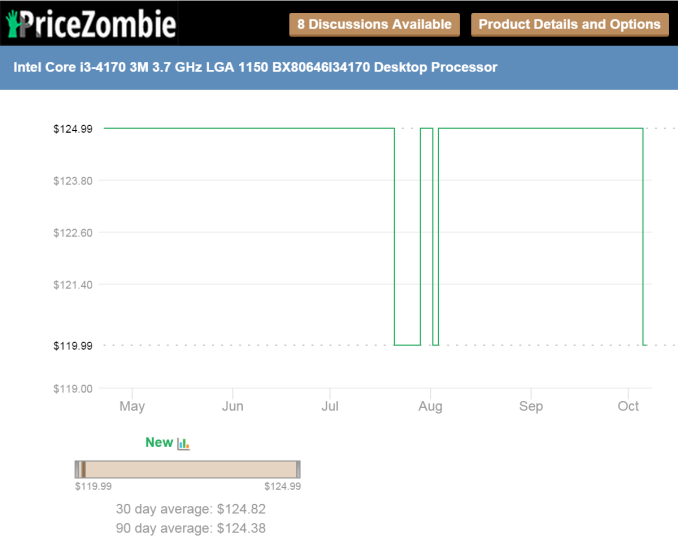
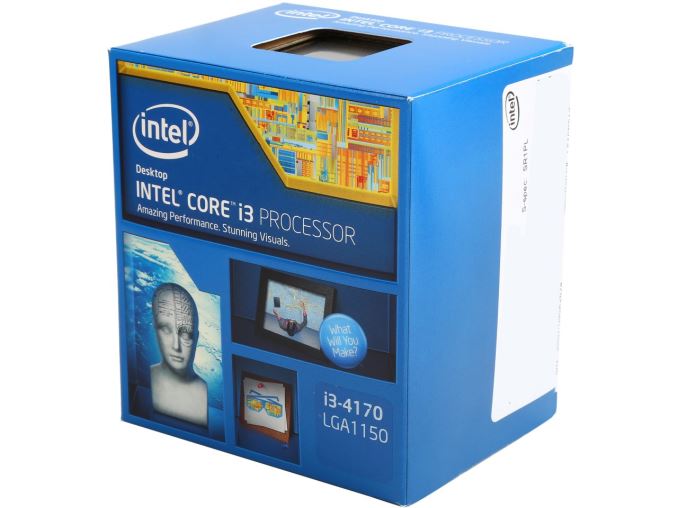
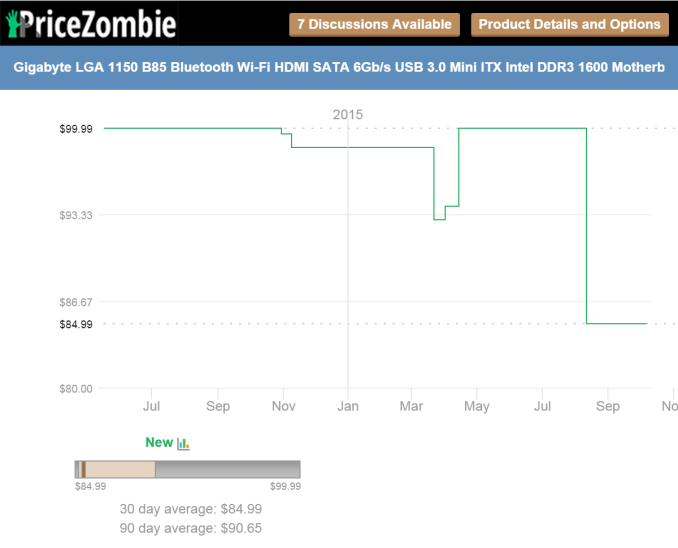
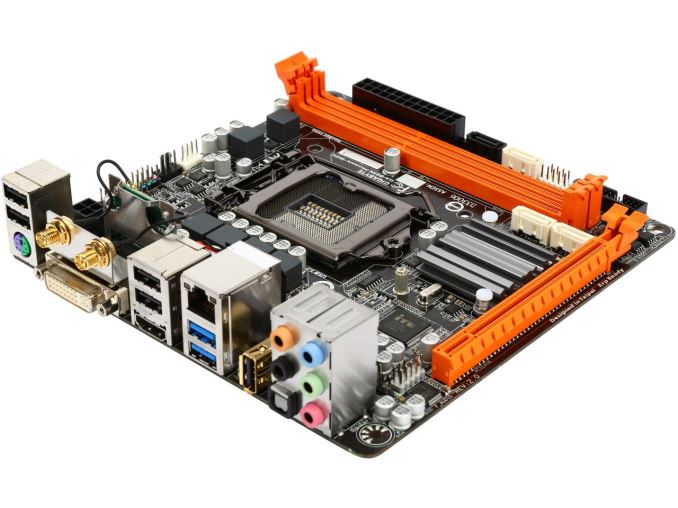
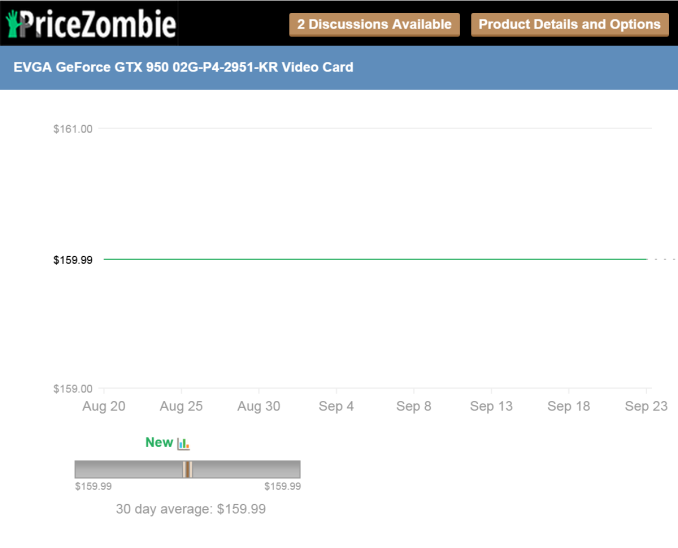

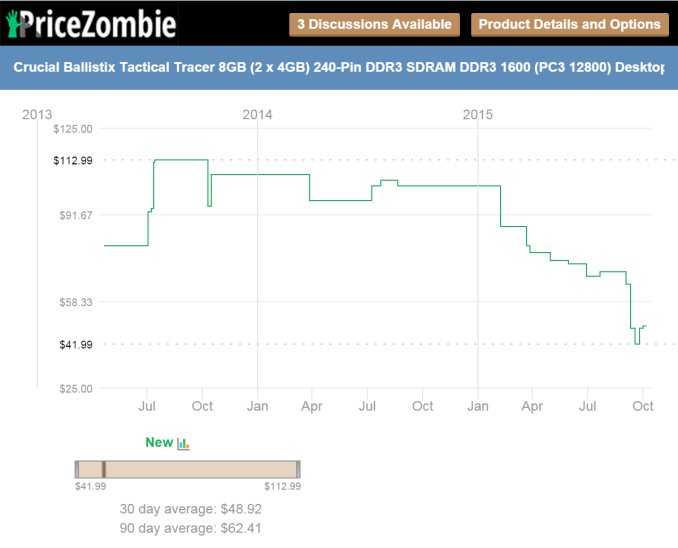
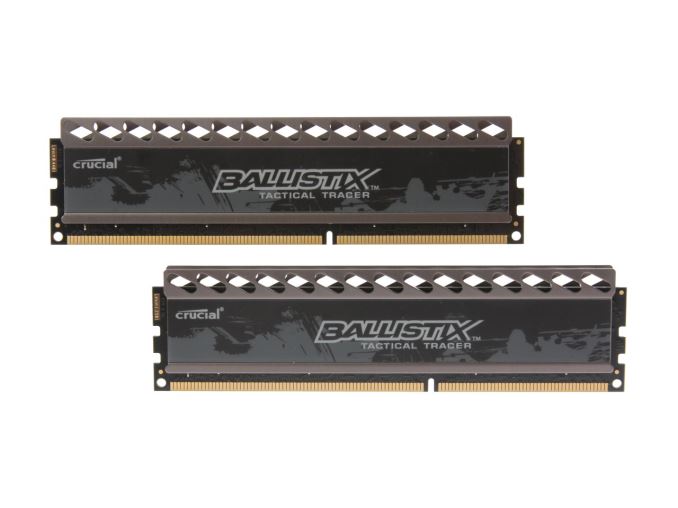
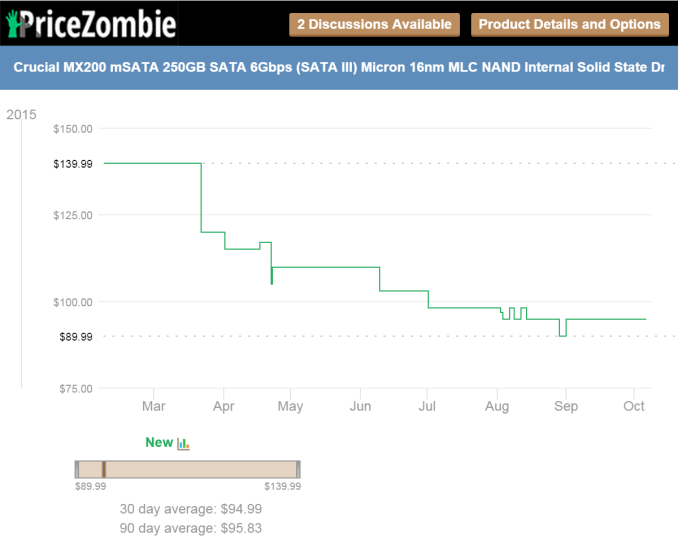
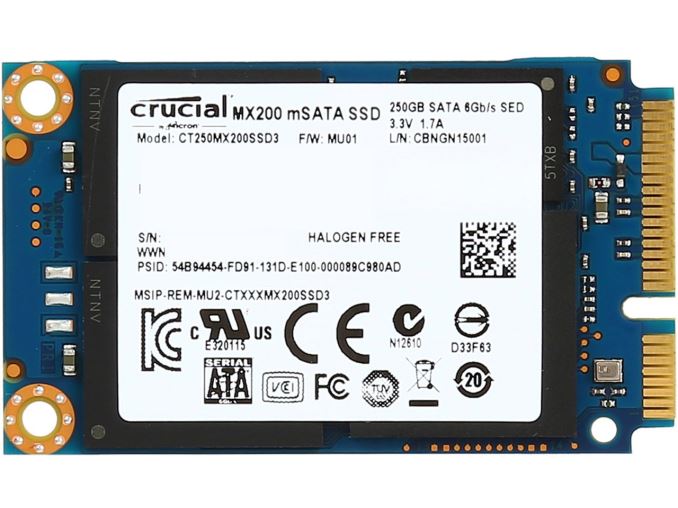
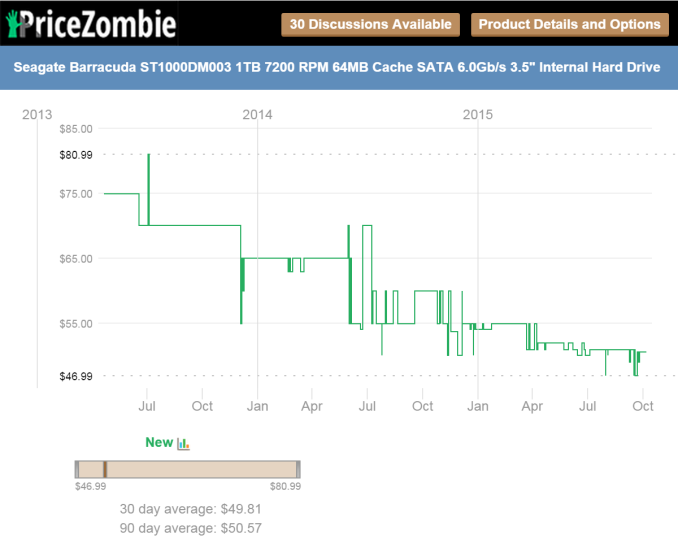
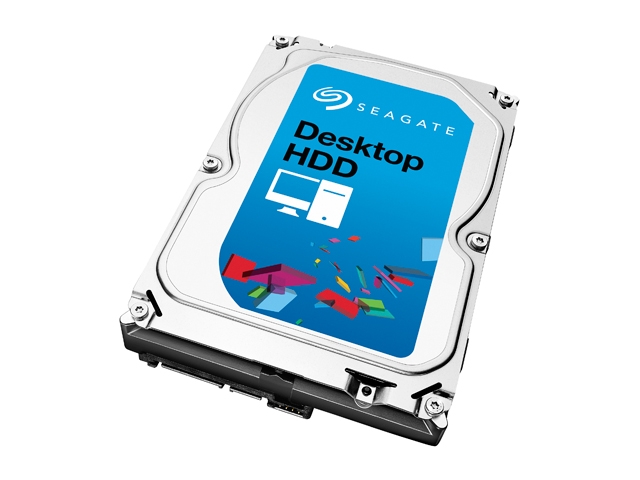

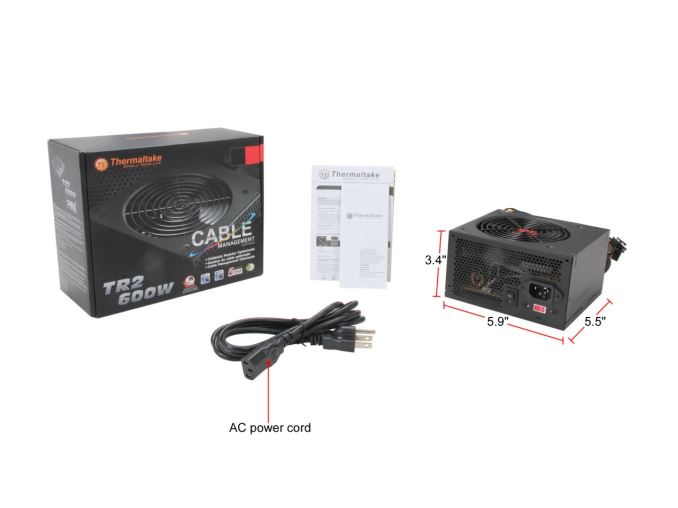
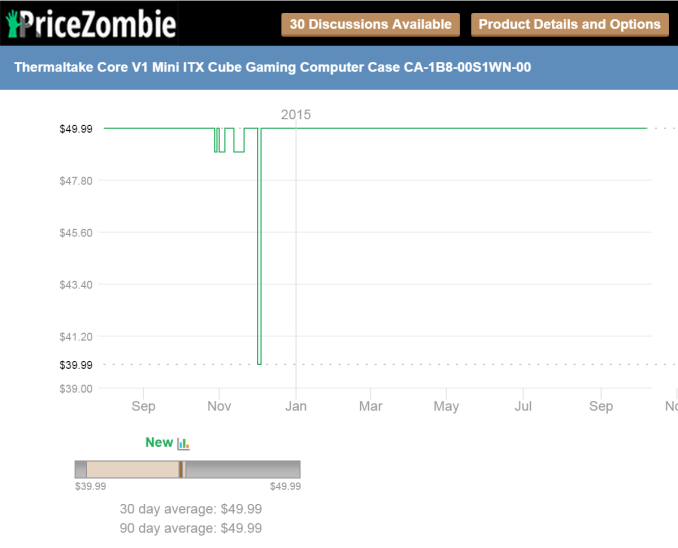

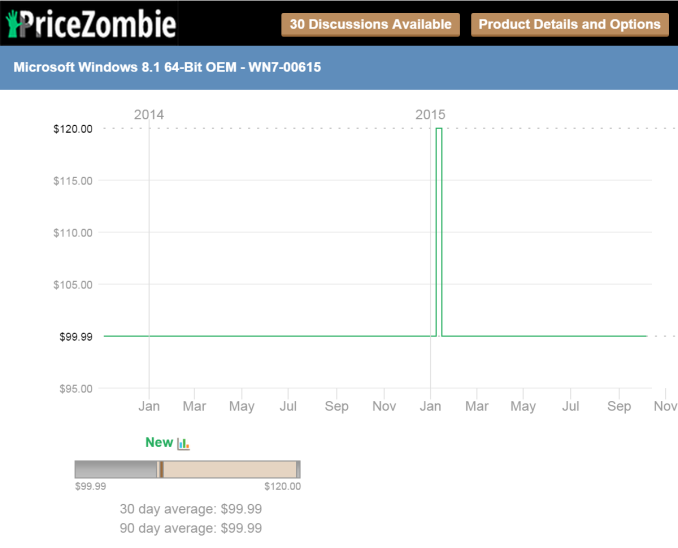
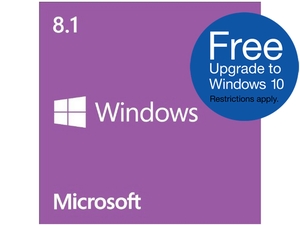
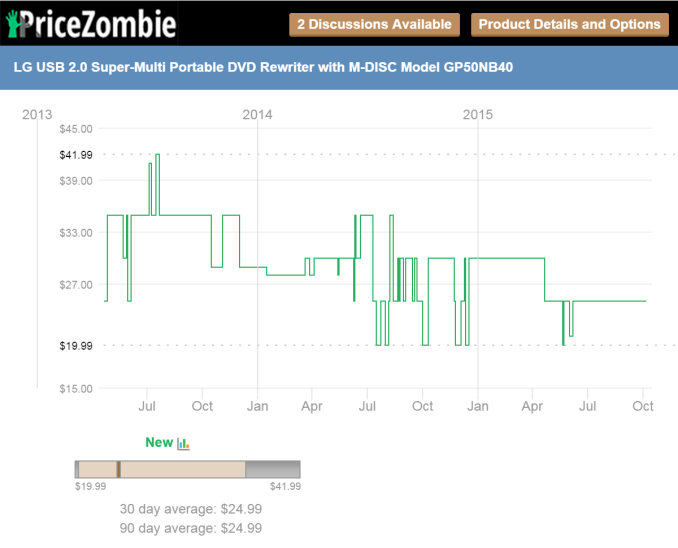
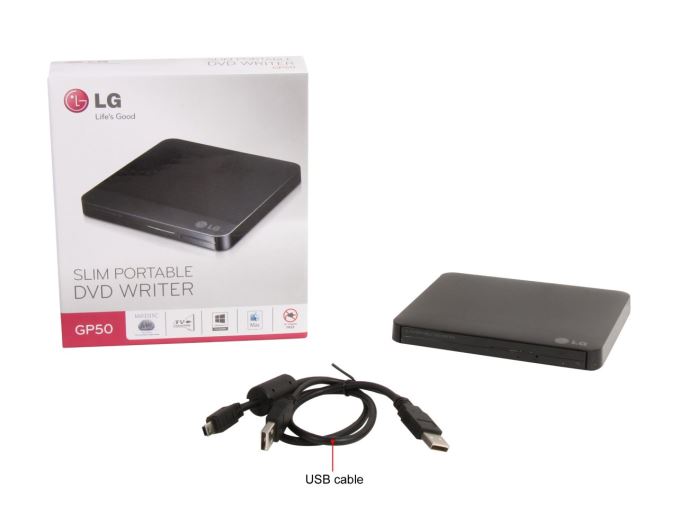








93 Comments
View All Comments
Mr Perfect - Wednesday, October 14, 2015 - link
True, I was simply trying to get more of these mITX challenges going, though. The first builds where ATX monsters and it's easy to build one of those. There are no space constraints, cooling components is a snap and it's easy keeping noise in check. A mITX takes a little finesse though, so I'd think it would make for a more interesting competition. The round two builds got hit pretty hard with the budget hammer, they didn't get to push any boundaries.gamer1000k - Tuesday, October 13, 2015 - link
I priced out a $1500 mITX for fun in the previous build-a-rig competition. It ended up pretty similar to the Corsair build (unlocked i5 and 980TI) but in a mITX case.http://anandtech.com/comments/9403/introducing-the...
PPalmgren - Thursday, October 15, 2015 - link
I have a 980ti in a micro-ATX case, with really strong cooling, and the thing still gets quite loud. I'm pretty close to that 'noise cutoff' point where the noise becomes a major detractor. I can't imagine a 980ti doing any better in an ITX unless it was a roomy cube with dedicated airflow like the Corsair 250D.gamer1000k - Thursday, October 15, 2015 - link
The case I chose (Silverstone FTZ01) uses a riser card to move the GPU next to the motherboard instead of putting it on top of it and has vents directly over the GPU fans. This design provides better GPU cooling than a lot of large towers since the GPU can directly pull in cool air from the room instead of hot air from inside the case.Zap - Tuesday, October 13, 2015 - link
I'm liking this build-a-rig round, from the budget to the SFF results.If I had to choose, I would pick the Silverstone. I don't think there are any show stoppers in the choices. Redirect data folders (My Videos, My Documents, Downloads, etc.) to the HDD to alleviate space issues on the SSD. If nothing is running off the HDD, won't notice the lack of performance. Dual cores is still somewhat sufficient as long as the user doesn't keep tons of stuff running all the time.
The Crucial build does have more weaknesses. Most glaring weakness is the PSU. This unit is only 72% efficient, no published combined +12v output (theoretical max 43A or 516W but I wouldn't trust that) or temperature rating, and doesn't even have active PFC. Note that Thermaltake makes multiple TR2 600W units, and I'm talking about the one linked at Newegg which is the TR-600. There is an updated TR-600P model for only $12 more at Newegg which fixes all these issues. Other than that, already pointed out that $20 more gets a GTX 960. Rest of the parts are fine for their purposes.
If I had to configure a system?
(Pricing/availability taken from Newegg 10/13/15 not counting rebates, taxes, shipping)
CPU - Intel Core i3-4170 $125
(Good price for 4 threads.)
Mobo - ASRock H81M-ITX/WIFI $63
(PCIe2 not yet limitation, basic WiFi in case that's what the dorms have.)
GPU - MSI GTX 960 4GB $205
(Overclocked, 4GB for those "2GB not enough" naysayers."
RAM - Mushkin ECO2 8GB (2 x 4GB) $36
(Great price for 1600MHz 1.35v DDR3L)
SSD - Crucial MX200 2.5" 500GB SSD $130
(I think one big SSD is more usable unless actually storing huge amounts of data.)
HDD - none
PSU - Silverstone ST45SF $70
(Proven unit. Get FSP version if cheaper at time of buying.)
Case - Silverstone Milo ML08B $75
(So small, does it really need a handle?)
CPU cooler - none/stock
OS - Windows 10 $100
Extras - none
Total = $804
frenchy_2001 - Friday, October 16, 2015 - link
I like your build. More balanced.Better CPU, but sacrificed OC (good trade off)
More SSD, but no HDD (fine for the budget. Can always add more storage for cheap later)
no handle (not a need for me)
DDR3L (can maybe reuse for a Skylake build down the road)
Stock cooler (most probably fine)
4GB 960 (good for now and immediate future)
Then, down the road, you can add storage and maybe a quieter cooler if needed.
That box can be used both as main dorm PC and/or HTPC.
Very nice.
Flunk - Tuesday, October 13, 2015 - link
These sustems are pretty well matched. With the exception of the Thermaltake TR2 600W in Crucial's build. That is one seriously cheap power supply (in a bad way), although maybe I'm biased because I've had several Thermaltake power supplies blow up on me.KAlmquist - Tuesday, October 13, 2015 - link
I agree, especially since this build isn't going to draw anything close to 600W. A Seasonic SSP-300ET ($41) would be better, but if it were me I would try to fit a Seasonic SSR-360GP ($64) or an FSP Group Aurum S 400W ($60) into the budget.PPalmgren - Thursday, October 15, 2015 - link
It seems like the goal was to allow upgradeability room, and in that case, I think its a decent fit. No better/different than a CX600 or something.amightywind - Tuesday, October 13, 2015 - link
Both cases are great. I prefer the Crucial/i3 build. Multithreading is no longer optional and clearly appropriate for back-to-school. The weaker graphics don't put me off. In the past 15 years I have built half-a-dozen mid-market machines with reduced size cases using Anandtech's build guides. I'm glad they are emphasizing this again. Really useful info, but with a short half-life. The hobbyist PC component market is really a thing to behold. I really like the idea competing builds with constraints.